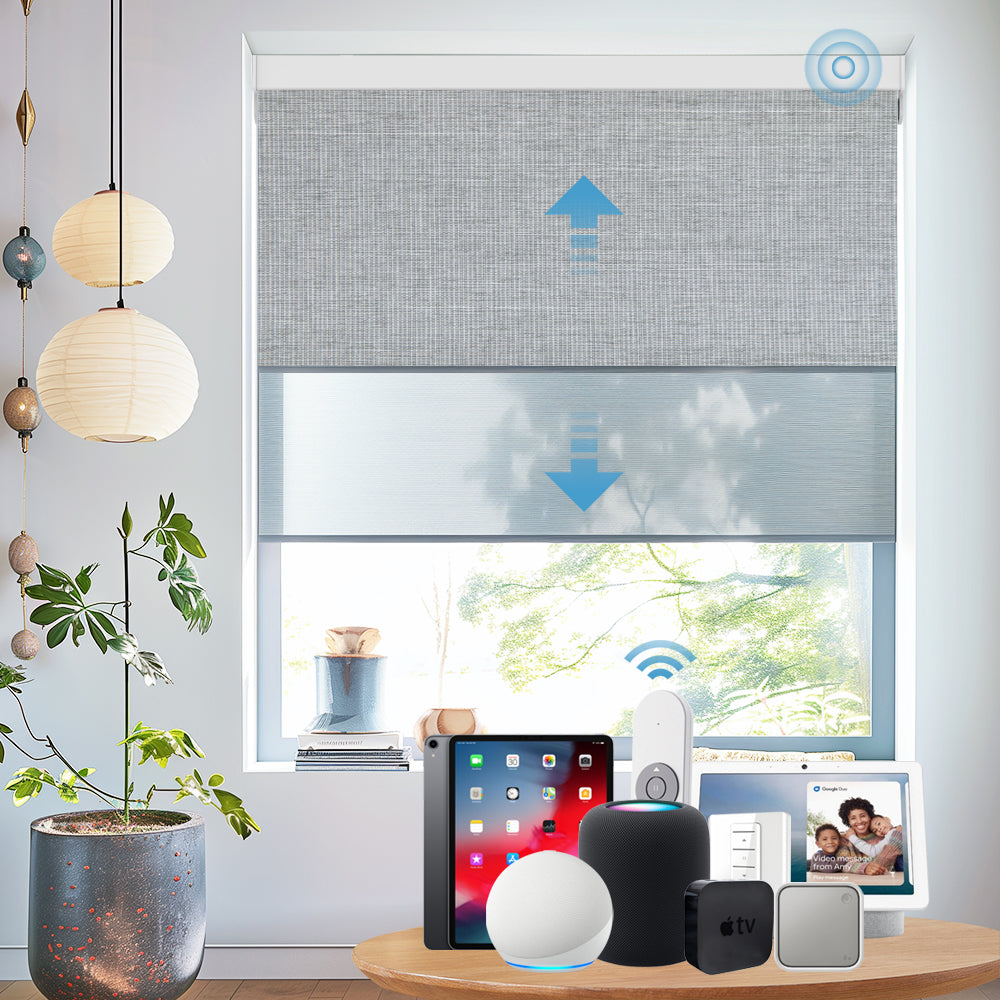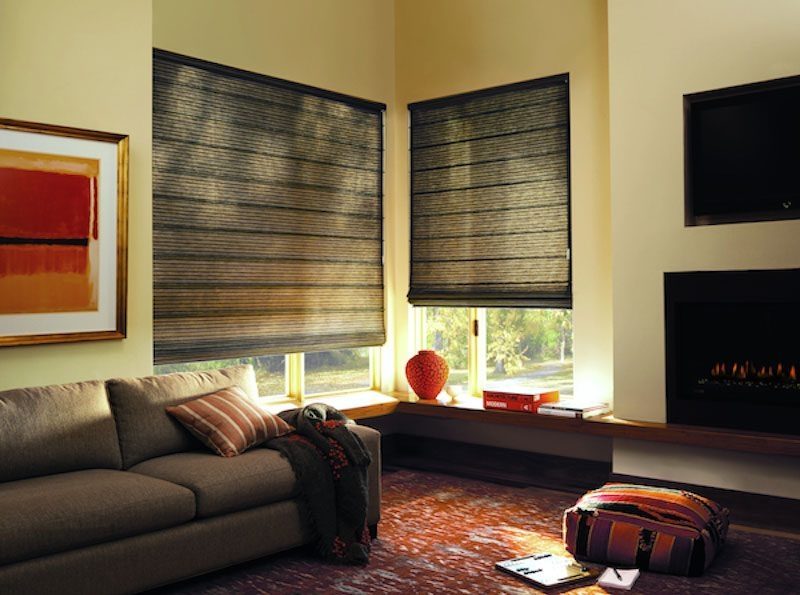What to Think about in Choosing the Right Window Treatments: An Overview to Blinds and Tones
Choosing the right home window treatments is a complex process that calls for careful factor to consider of various aspects, consisting of purpose, products, and overall room visual appeals. Variables such as privacy demands, light control, and insulation are important, as is the placement of treatments with your existing decoration.
Assessing Your Requirements
When establishing the ideal home window treatments for your area, analyzing your needs is important to attaining both performance and visual allure. Begin by assessing the main function of the therapies. Consider whether you require privacy, light control, or insulation. As an example, areas such as bedrooms may gain from blackout choices, while living locations could focus on natural light.
Take note of variables such as window size, orientation, and existing decor. This assessment will certainly aid you select therapies that not just in shape appropriately yet additionally enhance your indoor style.
Budget plan restrictions ought to also play a function in your decision-making process, ensuring that you discover treatments that fulfill your needs without surpassing your financial restrictions. By completely examining these components, you can make an enlightened choice that improves both the capability and elegance of your space.
Recognizing Different Products
Window therapies can be found in a range of materials, each offering distinctive benefits that can significantly influence both capability and appearances. window treatments. Comprehending these products is crucial for making an educated option that straightens with your specific needs
Material is a popular choice for its versatility, available in numerous shades, patterns, and appearances. It can add warmth and soft qualities to a space, making it suitable for living areas and bedrooms. Nonetheless, material may call for more upkeep, particularly in high-humidity areas.

Light weight aluminum and plastic are outstanding alternatives for those seeking toughness and reduced maintenance. Aluminum blinds are light-weight and immune to fading, while plastic treatments are typically extra economical and can simulate the look of timber without the associated disadvantages.
Finally, all-natural products like bamboo or hemp offer an environment-friendly alternative, including appearance and warmth. Each material has unique residential properties, so consider your lifestyle and design preferences when selecting the right window treatments for your space.
Assessing Light Control Options
Light control is an important aspect to take into consideration when picking home window therapies, as it straight influences both the atmosphere and functionality of a space. Various home window treatment options supply differing levels of light filtering and privacy, which can dramatically impact how all-natural light communicates with your insides.
Blinds, as an example, supply exceptional adaptability, enabling users to adjust slats to regulate the quantity of light going into a space. This adaptability makes them perfect for rooms that call for both personal privacy and brightness, such as offices or rooms. Tones, on the other hand, can be designed for various levels of opacity. Light-filtering shades soften the sunshine, producing a warm radiance, while power outage shades entirely shut out light, making them read what he said suitable for media areas or spaces where complete darkness is essential.
When assessing light control alternatives, think about the details requirements of each area. For example, a living-room might benefit from sheer tones to maintain brightness while making certain redirected here privacy, whereas a baby room may need power outage shades for optimum sleep conditions. Eventually, the appropriate choice will certainly integrate with your lifestyle while improving the total visual of your home
Considering Space Styles
Although personal preference plays a substantial duty in picking home window treatments, it's vital to think about the overall style of each room to guarantee a cohesive design. The home window therapies you choose should complement the area's design, furnishings, and color scheme.
In addition, think about the function of each space when picking treatments. A cozy living area might require layered home window treatments that provide both personal privacy and light control, while a cooking area may gain from easy-to-clean alternatives like artificial wood blinds. automatic shades brooklyn. Bed rooms frequently call for power outage shades for optimum sleep problems; nevertheless, the design should still align with the area's aesthetic
Remember that patterns and appearances can considerably affect the general setting. Subtle patterns can include visual passion without overwhelming the room, while strong designs can work as a focal factor. Inevitably, the right window therapies ought to boost the room's design while providing the needed functionality.
Budgeting for Your Acquisition
When planning for new home window treatments, developing a reasonable spending plan is essential to make you can try these out certain a successful purchase. Home window therapies can vary substantially in rate based on materials, designs, and brands. It is vital to figure out just how much you are willing to invest before discovering your alternatives.
Start by evaluating your requirements and choices. Take into consideration the variety of windows you wish to cover and the desired level of privacy, light control, and insulation. Fundamental choices such as plastic blinds are commonly more cost effective, while personalized tones or premium products can escalate costs substantially.
Research study different sellers and makers to compare costs and offered choices. Numerous offer a range of products that can fit numerous spending plan degrees. Variable in added prices, consisting of setup fees, if appropriate.

Verdict
In verdict, selecting the suitable window treatments requires a thorough examination of various aspects, consisting of specific demands, product characteristics, light control preferences, and room aesthetic appeals. By thoroughly taking into consideration these components, one can attain an optimum remedy that straightens with the details requirements of each setting.